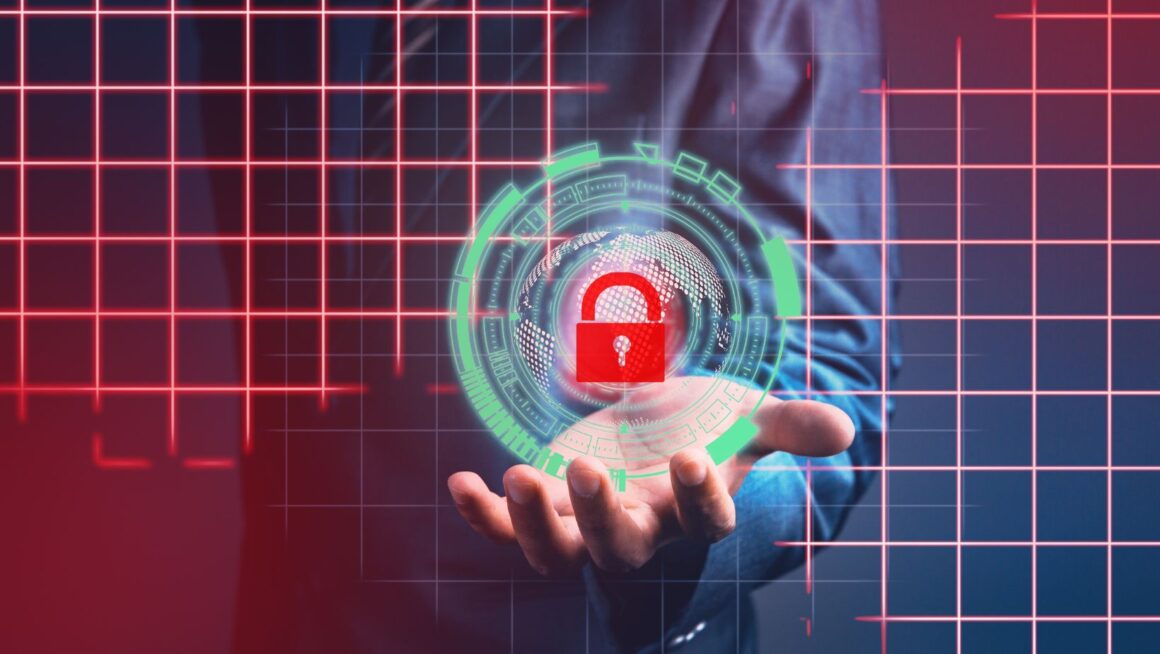Over the last few months, there has been a lot of attention paid to fraud and the damage it has done to industries around the world. In the US alone, as much as $60 billion was lost to payment fraud, with the total amount of payment fraud attempts on US businesses increasing by 71%.
For businesses and consumers, however, it can be difficult to tell the difference between cyberfraud and cybersecurity – especially since they’re often talked about in the same breath.
The best way to look at it is by simplifying the world of online security and criminality: there is the good side, and there is the bad side.
When we’re talking about cyberfraud, we’re referring to fraudulent activities conducted using digital technologies. These involve deceptive practices designed to gain access to sensitive information, financial assets, or other important resources – practices which we’ll examine in more detail later on in this article.

When we’re talking about cybersecurity, on the other hand, we’re referring to the practices, technologies, and strategies used to counteract these criminal activities and protect networks from cyberattacks. This involves securing a digital infrastructure to prevent unauthorized access, data breaches, and other forms of cybercrime – again, something we’ll go into more fully later on.
The Thing About Cyberfraud
There are many layers to cyberfraud. The first – and potentially the most common – is known as ‘phishing’, where deceptive emails or websites are created to trick individuals or businesses into revealing sensitive information. Another technique is known as ‘account takeover,’ where hackers gain unauthorized access to user accounts to steal their personal data.
These are real individuals utilizing hacking skills and technology to reach their end goal, but it’s not always as simple as that. Another common cyberfraud is the utilisation of bots to perform harmful or malicious activities across websites and apps. Some of these bots are used to overwhelm servers with large amounts of traffic, causing the network to crash and become more vulnerable to a cyberattack.
Whether they’re DDoS bots, scrapers, or credential stuffing bots, all of them pose a massive threat to people and businesses around the world, which is why acquiring a bot detector is becoming more commonplace in 2024 to identify and counteract them.
The Thing About Cybersecurity
As mentioned previously, cybersecurity plays a critical role on the ‘good side’ of the cyber battle, with a number of practices and technologies being utilized to fight back. This includes the implementation of firewalls, encryption, and intrusion detection systems, as well as risk management systems to identify and mitigate potential vulnerabilities.
Compliance is also a big part of the conversation. Whether it’s GDPR or CCPA, many businesses now have to adhere to specific regulations and standards to ensure robust security practices, with fines given to those who do not comply.
From a business standpoint, cybersecurity is not just about safeguarding information against cyberfraud, but putting in the right measures to keep customers on side. According to another recent study, around 66% of consumers don’t trust a company that falls victim to a data breach, with 60% of small businesses going out of business within six months of an attack.

In 2024, consumers now expect companies to be doing everything they can to keep their data safe and ensure no fraudulent activity can get past their system.
Securing Yourself Against Fraud
If you’re a business or an individual who is growing increasingly concerned about the rise in fraudulent activity, it’s important to remember that there are many ways to protect yourself. Cybersecurity tech is only getting better, with numerous notable advancements, including the use of AI technology.
While AI is becoming more common in cyber fraud – with hackers utilizing deep fake tech to impersonate individuals and automate attacks – it also offers powerful tools to combat those same threats. AI systems, for instance, can identify unusual behavior by analyzing network traffic, user activity, and transaction patterns, helping to catch fraudsters using sophisticated methods before they can do any damage.
Around the world, the cybersecurity landscape is only growing stronger. In 2024, it’s estimated to be worth around $268.13 billion, with a projected growth to around $562 billion by 2032, so the means of security are going to evolve alongside the threat of cyberfraud.
Apart from this, you have already taken the step in the right direction by reading this article and making yourself aware of what you’re fighting against. In a concerning report earlier in the year, around 51% of small businesses still don’t have any cybersecurity measures in place, which can surely only be attributed to general ignorance about how bad the problem has become.
The fact that you are aware of the issues we all face – and have actively looked into how to counteract these issues – you’ve put yourself in the best position possible to recognise fraudsters and secure yourself against financial loss or data theft.



